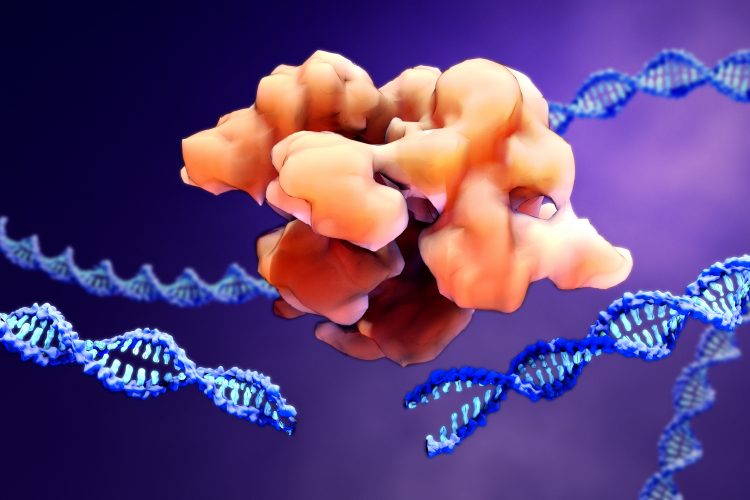CRISPR-Cas9-based gene dropout screens: a powerful platform for drug discovery
Posted: 23 September 2021 | Dr Pushpanathan Muthuirulan (Harvard University) | No comments yet
CRISPR holds great promise in advancing pharmacological research and has fuelled the rapid expansion of using gene-edited cells for drug discovery processes. CRISPR-Cas9 dropout screens have emerged as a useful tool for high-throughput large-scale loss-of-function screens, which seek to identify the relationship between genotype and phenotype. Dr Pushpanathan Muthuirulan, Research Associate at Harvard University, explores why researchers will adopt this CRISPR technology to address some of the pressing unanswered questions related to disease pathobiology and how it will aid the development of new drugs.


Uncovering the links between genes and their biological functions helps researchers to understand disease biology and develop new drugs or improve existing drugs to stop/reverse the effects of diseases. Many drugs are discovered and tested every year to find potential beneficial effects against numerous diseases. At the early stage of drug discovery, thousands of compounds are considered as potential candidates for development as medical treatments; however, after early testing and functional validation, only a small fraction of compounds are suitable for further study. As a result, the process of researching and developing new drugs with advantageous effects to treat diseases in human subjects is continuously expanding in difficulty and time.1
On average, it takes at least 10-12 years for a new drug to complete the development journey and reach the marketplace, with clinical trials alone taking six to seven years on average. The mean cost of developing a drug has been the subject of debate, with recent estimates ranging from $314 million to $2.8 billion. This figure includes the cost of failures – although thousands of drugs may be screened and validated early in the R&D process, only a few of which go on to receive approval. The overall probability of a new drug entering clinical trials and eventually being approved is estimated to be less than 12 percent. Thus, the drug discovery process is a highly complex, lengthy and costly one, associated with a high degree of uncertainty that a drug will succeed.2
The overall probability of a new drug entering clinical trials and eventually being approved is estimated to be less than 12 percent”
At the same time, the emergence of drug resistance has accelerated, giving rise to life-threatening diseases that will not respond to existing drug treatments, meaning patients will continue to need novel drugs and therapies.3 To overcome these obstacles, new powerful technologies and guidelines for the drug discovery process should be generated, which would provide scientists in industry and academia with a foundation to support the discovery of drugs or improve existing drugs over a sustained period.
The long-anticipated recognition of the ground-breaking discovery of gene-editing tool CRISPR, which was awarded the Nobel Prize in Chemistry in 2020, has elated the scientific community. Since its breakthrough development in 2012, CRISPR has revolutionised many aspects of our daily lives and transformed our ability to precisely manipulate genetic material and generate testable hypotheses.4 CRISPR-Cas9 targeted genome editing techniques offer powerful tools for stud


